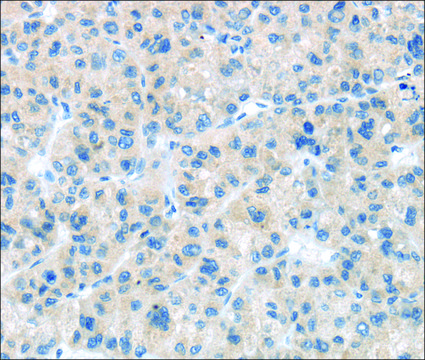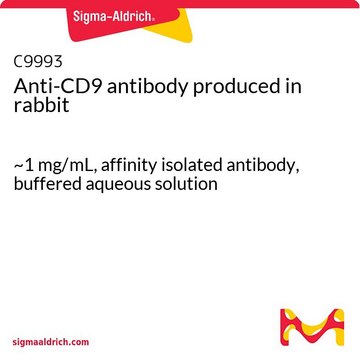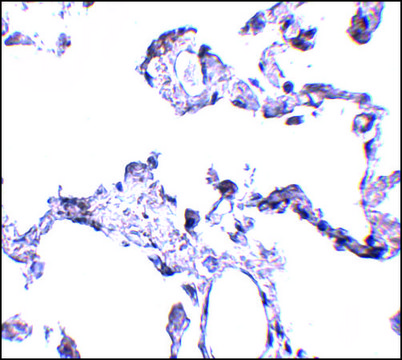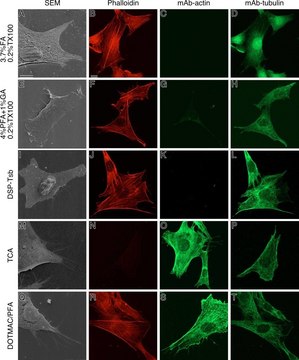Recommended Products
1 of 4
This Item | T4026 | T7816 | T5201 |
|---|---|---|---|
| biological source mouse | biological source mouse | biological source mouse | biological source mouse |
| species reactivity Ciona intestinalis, rat, chicken, Caenorhabditis elegans, Strongylocentrotus purpuratus, bovine, human | species reactivity human, rat, frog, moth, mouse, plant, rabbit, chicken, bovine, wheat, sea urchin, hamster | species reactivity Xenopus, chicken, human, hamster, canine, mouse, bovine, rat | species reactivity human, rat, frog, moth, mouse, plant, rabbit, chicken, bovine, wheat, sea urchin, hamster |
| antibody form ascites fluid | antibody form ascites fluid | antibody form ascites fluid | antibody form purified immunoglobulin |
| Gene Information human ... TUBB1(81027), TUBB2A(7280), TUBB2C(10383) | Gene Information human ... TUBB(203068), TUBB1(81027), TUBB1(81027), TUBB1(81027), TUBB1(81027), TUBB2A(7280), TUBB2A(7280), TUBB2A(7280), TUBB2A(7280), TUBB2C(10383), TUBB2C(10383), TUBB2C(10383), TUBB2C(10383) | Gene Information human ... TUBB(203068) | Gene Information human ... TUBB(203068), TUBB1(81027), TUBB1(81027), TUBB1(81027), TUBB1(81027), TUBB2A(7280), TUBB2A(7280), TUBB2A(7280), TUBB2A(7280), TUBB2C(10383), TUBB2C(10383), TUBB2C(10383), TUBB2C(10383) |
| clone 2-28-33, monoclonal | clone TUB 2.1, monoclonal | clone SAP.4G5, monoclonal | clone TUB 2.1, monoclonal |
| conjugate unconjugated | conjugate unconjugated | conjugate unconjugated | conjugate unconjugated |
General description
Immunogen
Physical form
Not finding the right product?
Try our Product Selector Tool.
Storage Class
12 - Non Combustible Liquids
wgk_germany
WGK 1
flash_point_f
Not applicable
flash_point_c
Not applicable
Choose from one of the most recent versions:
Certificates of Analysis (COA)
Don't see the Right Version?
If you require a particular version, you can look up a specific certificate by the Lot or Batch number.
Already Own This Product?
Find documentation for the products that you have recently purchased in the Document Library.
Our team of scientists has experience in all areas of research including Life Science, Material Science, Chemical Synthesis, Chromatography, Analytical and many others.
Contact Technical Service












